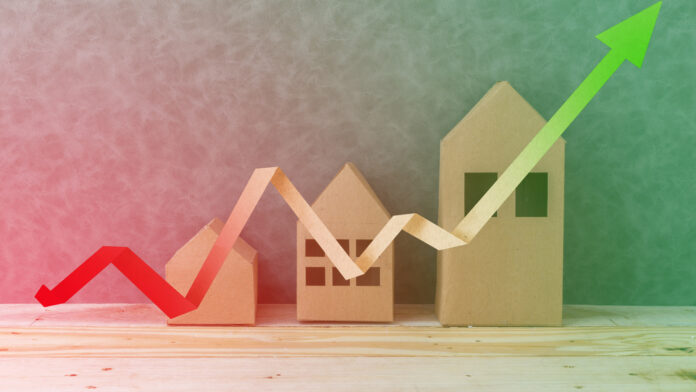
Median national rent climbed +9.2% in first half of 2021. Rents now higher than if they’d stayed on pre-pandemic track.
Cost of Renting Home Soaring in Cities Nationwide
The July ApartmentList National Rent Report indicates that its national rent index increased +2.3% in June and that rental prices have grown a whopping +9.2% during the first half of 2021. ApartmentList noted, “After this month’s spike, rents have been pushed well above our expectations of where they would have been had the pandemic not disrupted the market.”
Translation…rents are higher now than they would have been pre-pandemic.
Cities with Largest Rent Increases Since March 2020
Mid-size and affordable rental markets have been the beneficiaries of pandemic and remote working demand. Take a look at the top 10 cities with the largest rent increases since March 2020
- Boise ID – +39%
- Spokane WA – +31%
- Fresno CA – +21%
- Glendale AZ – +20%
- Virginia Beach VA – +20%
- Gilbert AZ -+19%
- Reno NV – +19%
- Mesa AZ – +19%
- Henderson NV – +19%
- Chandler AZ – +18%
Rents in Hard-Hit Markets Rebounding
Markets hardest hit by the pandemic are continuing to see rents remaining below pre-pandemic levels but, rent prices are rebounding quickly. San Francisco continuously made headlines for its staggering -26.6% drop in rents from March 2020 through 2021 BUT, since January 2021, rents in San Francisco have increased over +17%.
The same is true in Seattle where rents have jumped +19% since January and in New York where rents have increased over +16% since January.
Take a look at where rents are now compared to March 2020 in these hard-hit markets:
- Los Angeles – -3%
- Minneapolis – -4%
- Fremont CA – -4%
- Jersey City – -5%
- Washington DC – -6%
- Seattle – -7%
- New York – -7%
- San Jose CA – -8%
- Oakland CA – -12%
- San Francisco – -14%.
Renters Anticipate Steep Rent Increases Ahead
Since June and July are the months when the largest number of leases come up for renewal, a typical renter signing a new contract this summer will most likely be paying almost $100/month more in rent, according to ApartmentList.
This seasonal cycle could affect two things: an easing of rental demand later in the year and a “stickier” inflationary trend, according to Sarah House, (an uptick in rent of +7%-10%, according to Fannie Mae) that could be hard to reverse.
Thanks to ApartmentList, Fannie Mae, and Bloomberg.
https://www.apartmentlist.com/research/national-rent-data























